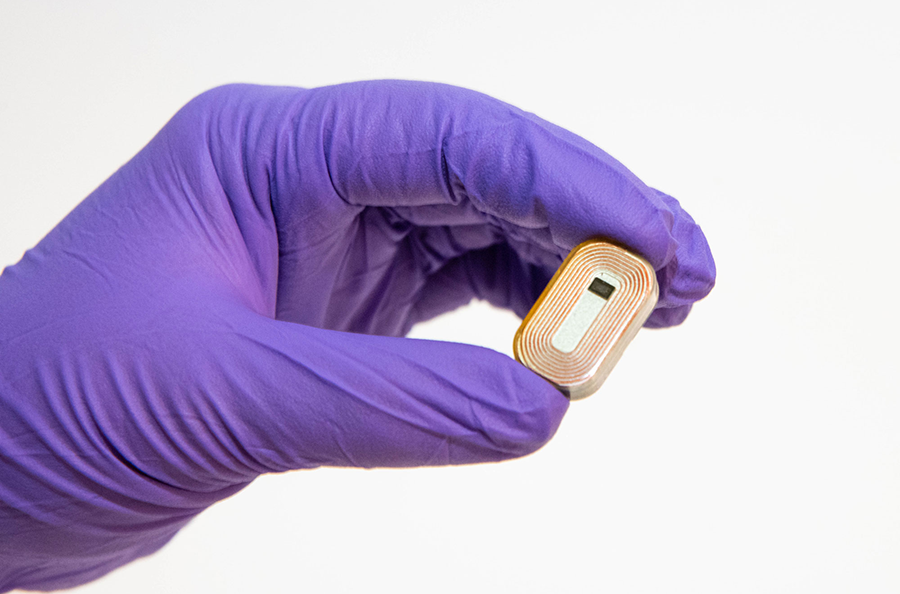Draper, a Cambridge, Massachusetts-based engineering company has developed a small wireless neuromodulation device that may be small enough to implant into the interior of the cranium right against the brain. The system, although tiny in size, is poised to make a big impact in treating disease through its networked abilities.
Read more New Method of Deep Brain Stimulation Adapts to Patient’s Changing Needs
What drives a new implant design is the awareness that diseases often involve complex interactions between various systems in the body. This perspective has led to the emergence of the fields of networked physiology and networked medicine. However, experts say that implantable devices available today do not meet their potential. These systems are too large which, resembles the big pacemakers of the past and they can only stimulate a single location in the body.
“Patients and clinicians want smarter medical implants,” said Jesse J. Wheeler, Draper’s Neurotechnology Business Lead. “They see small wireless technologies shaping other parts of their lives and wonder why the medical field isn’t responding with better devices.”
To tackle this problem, Draper developed a tiny, wireless and networked neuromodulation system that is about 20 times smaller than existing implants, but possesses similar capabilities. It consists of so-called Gemstones that are wirelessly powered and offer 32 channels of recording and stimulation.
“The system consists of tiny implantable devices, called Gemstones, that are only one cubic centimeter (cc)—the size of a kidney bean,” Wheeler said. “Increasing implant functionality while simultaneously decreasing size is what we call miniaturization without compromise.”

Distributed Gemstones can record bio signals and trigger coordinated stimulation therapies quickly to target disease in ways not previously possible. Each Gemstone can interface with a wide variety of electrodes, and the number of networked Gemstones can be varied based upon the patient’s clinical needs. The current system Draper invented, supports networking among as many as four Gemstones for a total of 128 electrodes.
Read more Tiny, Remotely Powered Electronic chip provides big improvement to treat neurological disorders
The tiny size of the Gemstones enables them to easily travel to where other implants can’t – for example, the head. Deep brain stimulation (DBS) systems currently in use require them to be implanted in the chest with electric leads reaching out through the neck and head to access the brain.
However, existing systems cannot access multiple distributed neural regions which is required in the cases of brain disorders such as neuropsychiatric illnesses. Network capability of the Gemstones may provide new opportunities to restore balance to these brain networks. The new system can benefit conditions such as diabetes, hypertension, pain, incontinence, reanimation of paralyzed limbs and restoration of limb function for amputees through neuroprosthetics.












